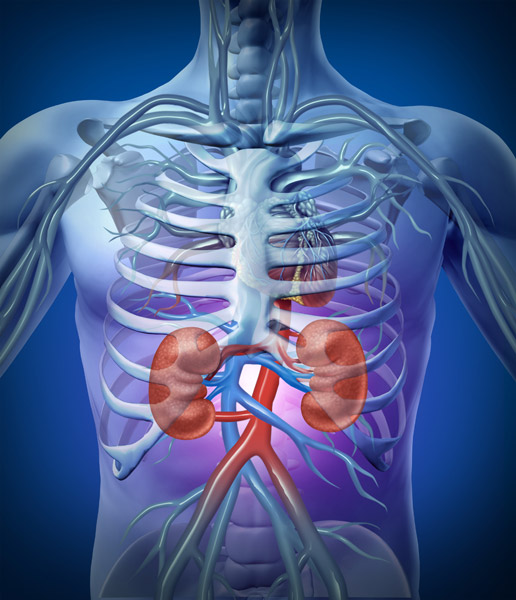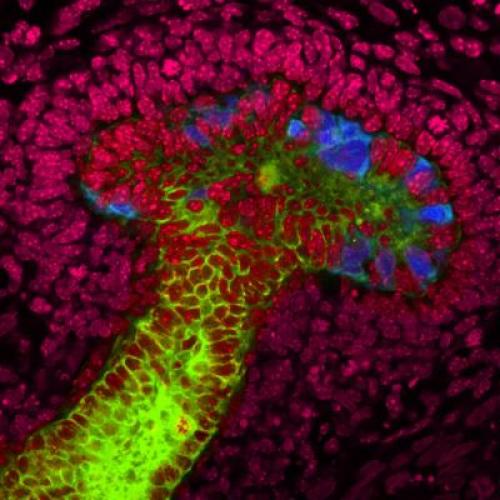
22nd November 2013 Scientists generate "mini-kidneys" from stem cells For the first time, scientists have made 3-dimensional kidney structures from human stem cells, a major step towards growing complete replacements.
Diseases affecting the kidneys are a major and unsolved health issue worldwide. Once they are damaged by disease, kidneys rarely recover function, highlighting the urgent need for better knowledge of kidney development and physiology. Now, a team of researchers led by scientists at the Salk Institute for Biological Studies has developed a novel platform to study kidney diseases – paving the way for new regenerative medicine strategies to help restore kidney function. For the first time, the researchers have generated three-dimensional kidney structures from human stem cells, offering a new way of studying these organs and potentially developing drugs for them. Scientists had created precursors of kidney cells using stem cells as recently as this past summer, but the Salk team is the first to coax human stem cells into forming three-dimensional cellular structures similar to those found in our kidneys. "Attempts to differentiate human stem cells into renal cells have had limited success," says Juan Carlos Izpisua Belmonte, professor in Salk's Gene Expression Laboratory. "We have developed a simple and efficient method that allows for the differentiation of human stem cells into well-organised 3D structures of the ureteric bud (UB), which later develops into the collecting duct system." Ureteric buds are the early developmental structures of kidneys that reabsorb water after toxins have been filtered out. Salk researchers used mouse embryonic kidney cells (seen here in red) to "coax" the human stem cells to grow into nascent mushroom-shaped buds (blue and green).
After creating induced pluripotent stem cells (iPSCs) that demonstrated pluripotent properties and were able to differentiate into mesoderm – a germ cell layer from which kidneys develop – the researchers made use of growth factors known to be essential during the natural development of kidneys for the culturing of both iPSCs and embryonic stem cells. The combination of signals from these growth factors was sufficient to commit the cells toward progenitors with clear characteristics of renal cells in only four days. The researchers then guided these cells by culturing them with kidney cells from mice. This showed that the mouse cells were able to provide the appropriate developmental "cues" allowing human stem cells to form three-dimensional structures of the kidney. In addition, Belmonte's team tested their protocol on iPSCs from a patient diagnosed with polycystic kidney disease (PKD), a genetic disorder characterised by fluid-filled cysts that can lead to kidney failure. They found that their methodology could produce kidney structures from patient-derived iPSCs. This breakthrough is a major step towards growing entire replacement human kidneys – a feat that may be achieved in the next decade (see 2020). The study was published this week in Nature Cell Biology.
Comments »
|








